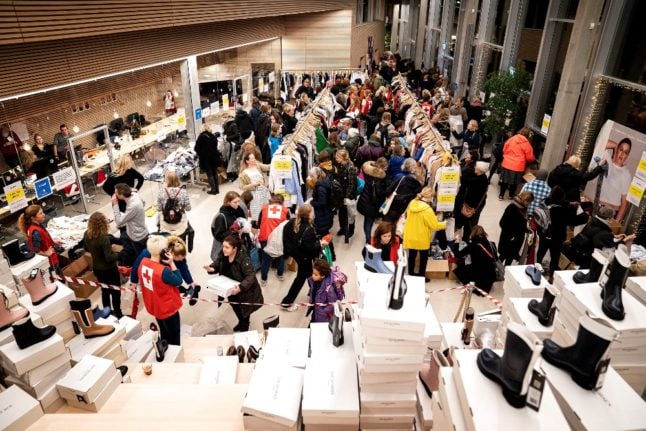I don’t need an Advent calendar to tell me that Christmas is hurtling towards us like a runaway train without brakes.
No, all I have to do is glance at Germany’s best-selling sensationalist newspaper Bild.
Precisely three weeks before Christmas – same procedure as every year – it carries an article with the headline: “Cancer-causing toxins found in children’s toys! How bad is it really?”
All Bild wants to do, of course, is protect our children. “Don’t buy any toys that smell strongly of chemicals,” the paper wisely warns us. Or is it perhaps a subtle attempt to persuade grandmothers to buy boring but non-toxic German-made wooden toys rather than Chinese plastic junk? Whatever the reason, the annual toy-horror-show is a fixed part of Germany’s holiday calendar.
Other dates to note: November 23-30, the pre-Advent week, when 32 percent of German women buy their Christmas presents. And of course December 23, when 20 percent of German men – OK, I don’t have an actual survey, but I’ve chatted with the shop assistants at Berlin’s fancy KaDeWe department store – buy presents for their partners. On average they take 12 minutes to decide on the gift for that someone special.
In any case, the national Advent calendar should be extended to December 27: the day Germans rush back to the shops to exchange their unwanted presents. Open the doors to that calendar window and you would probably see a picture of a frustrated shop cashier tearing out her hair.
Now I am not claiming that Germans turn into robots, consumer-automatons, at Christmastime. But there are, shall we say, distinct buying habits that can be tracked just as biologists follow the migration patterns of birds or the hibernation behaviour of grizzly bears.
But this year, pre-Christmas strategy seems to be a little different. People are busily mobilising their financial resources in order to fund their Yuletide habits. The reality is that most Germans feel that they are worse off than a few years ago – Christmas is just the moment when you realise it. As a result many people are cashing in their reserves in order to spend on presents.
Pawnshops are springing up everywhere; I keep expecting my local Kebab shop to set up a stand buying and selling gold any day now. The prices of the precious metals are going through the roof and jewellers will tell you that more and more women are selling their bracelets.
At my supermarket in western Berlin, the notice board has become a snapshot of a hard Christmas. Somebody is offering a biography of former chancellor and local hero Willy Brandt for a measly €8, another person is parting with his beloved lambskin coat, and even children are selling their Barbies and Playmobil sets. It’s as if the whole community is on a leaking lifeboat and needs to shed weight quickly, as if everything has to be converted into cash before December 24.
Is this not what Merkel’s government wants? Spend, spend, spend – boost domestic demand and keep up growth in the coming months? Well, yes. Except that a lot of this money is being spent on goods made in China. The German consumer Christmas is Chinese; 75 percent of the toys being sold are made there. One factory outside Shanghai produces 10,000 Christmas items for Germany. Plastic snowmen with plastic carrots for noses, Santa hats with bells on, and tin angels with harps.
The only German item in German living rooms this Christmas is likely to the Christmas tree. But if you get a practical plastic one with flashing lights that will, of course, be made in China. Here’s hoping your Tannenbaum wasn’t made in the same factory as the toxic toys underneath it.



 Please whitelist us to continue reading.
Please whitelist us to continue reading.
Member comments